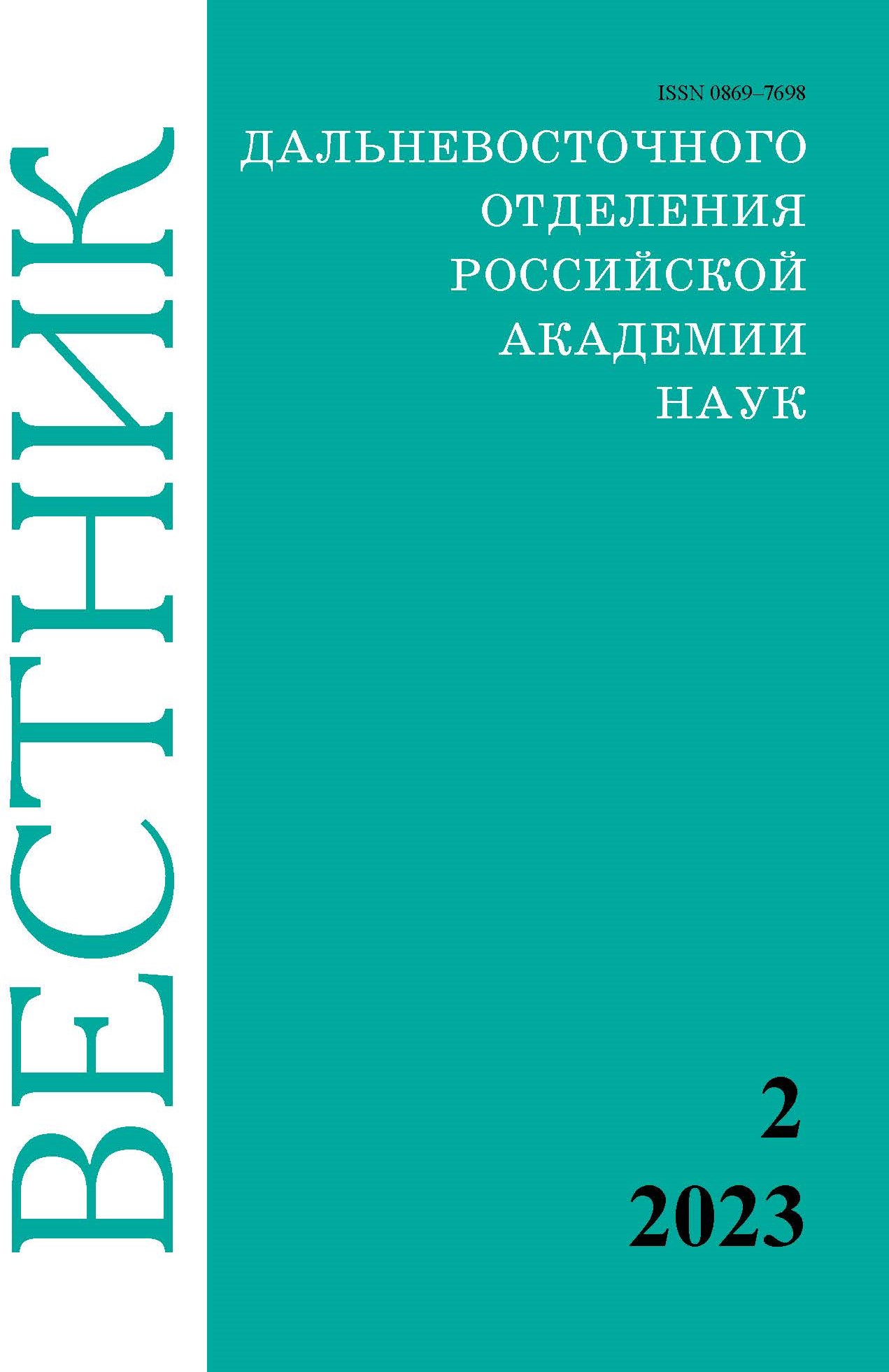The phenomenon of the global Holocene activation as exemplified from modern structures of Eastern Asia, the Middle Volga Region and Namibia: indicators, problem issues and the nature of the phenomenon
Keywords:
activation, orogenesis, wave tectonics, reverse-sense shear, seismotectonics, erosion, abrasion, transgressionAbstract
The pattern of the Holocene activation, characterized by the diversity and a global scale of its processes, is illustrated on the examples of modern structures of Еastern Asia, the Middle Volga Region and Namibia. The Earth’s crust structure was significantly transformed due to this activation. The Mesozoic-Cenozoic rifting depressions are suggested to be its main indicators.
The above depressions and their host structures were upthrust, deformed by shear tectonics, deprived of sedimentation and eroded during activation. The Pleistocene sedimentary rock layers composing the sedimentary cover were fully eroded. At present time all the depressions in the regions under consideration, are currently explicitly expressed as the relict structures, which appear to be the integral parts of their host (Holocene) orogenic systems. The author suggests that the nature of this activation is linked to a sharp change of the global pulsation regime acting at the Pleistocene–Holocene boundary due to the impact of the asteroid flow bombardment on the Earth. At this boundary, the modern extension rhythm was changed for the compression one. The Holocene oceanic transgression well manifested in the continental margin structures of Eastern Asia and Namibia indicates this compression. This young activation changed significantly the human environment, which resulted in the “explosive” evolution of Homo sapiens population at the onset of the Holocene. The study was performed in the framework of the basic model of the wave nonlinear geodynamics developed by the author.


